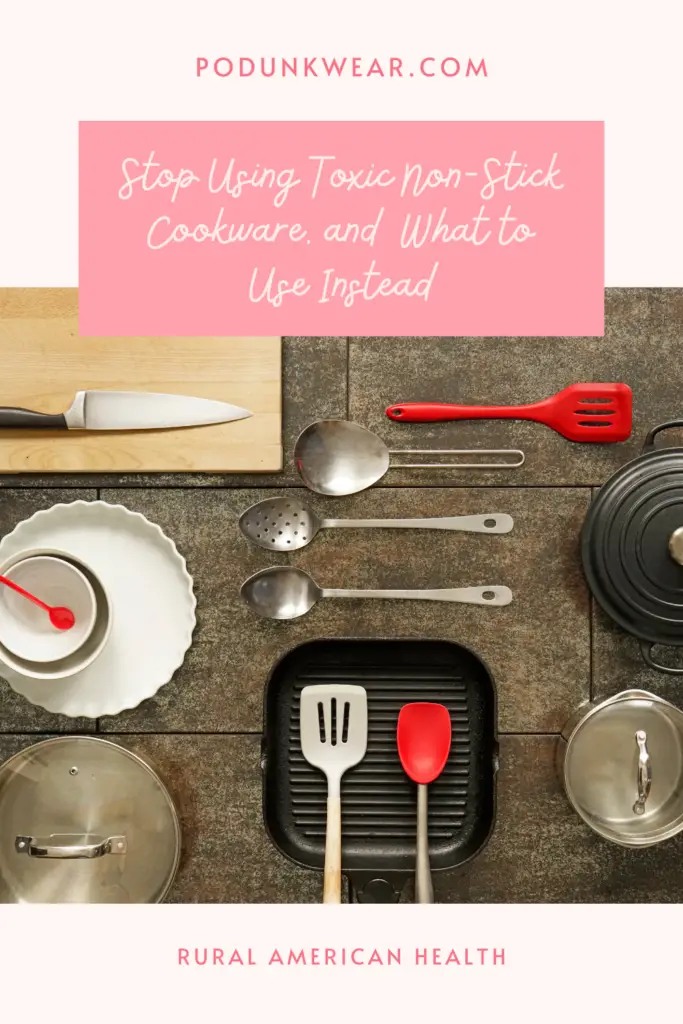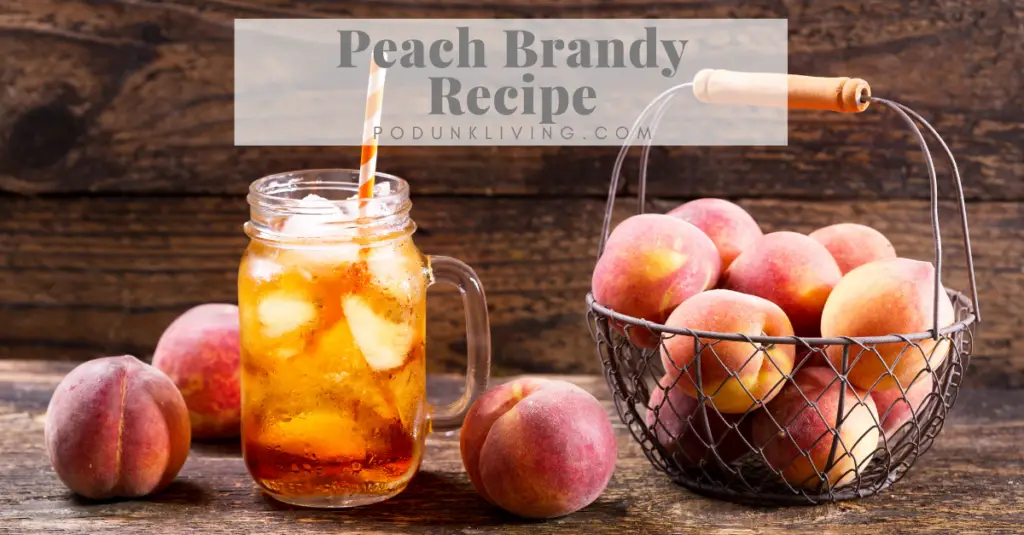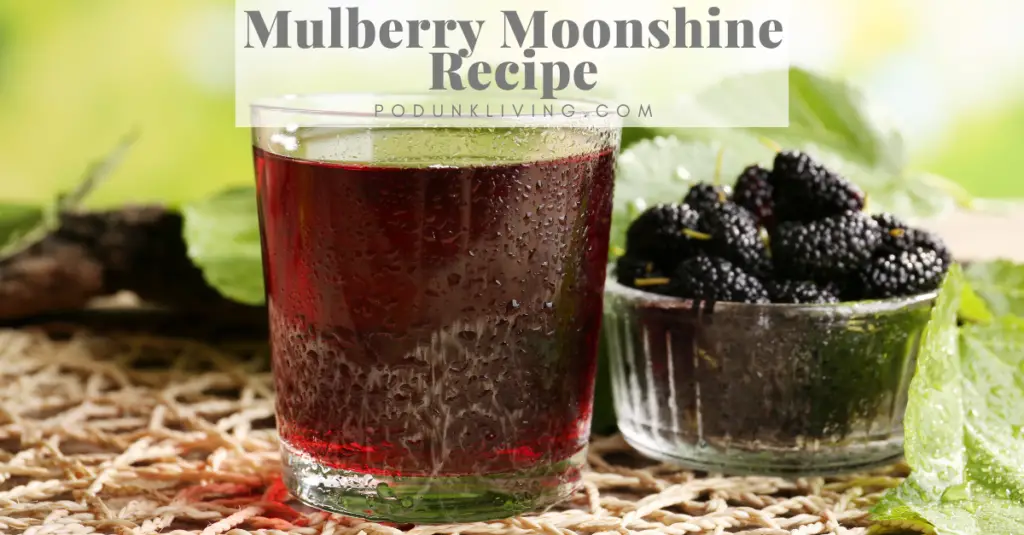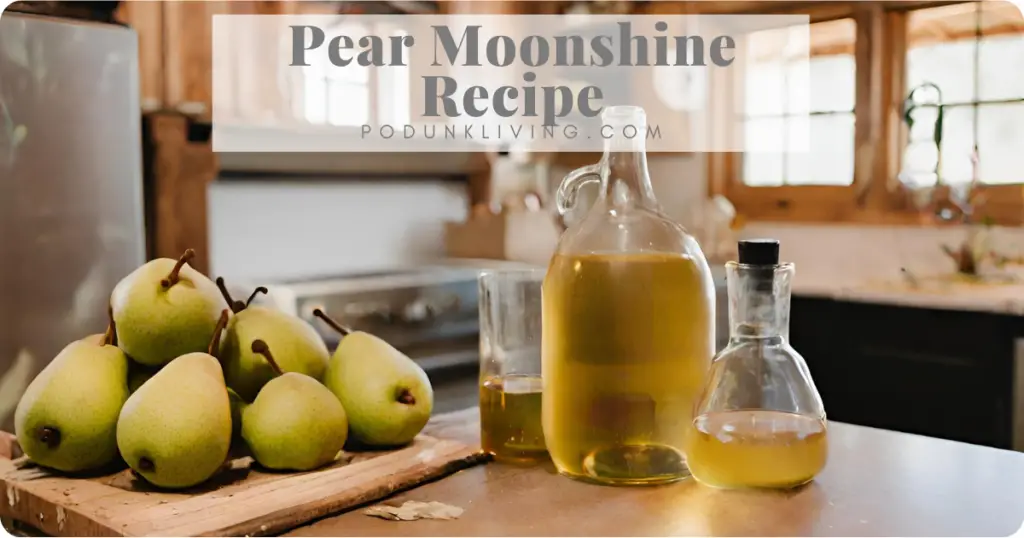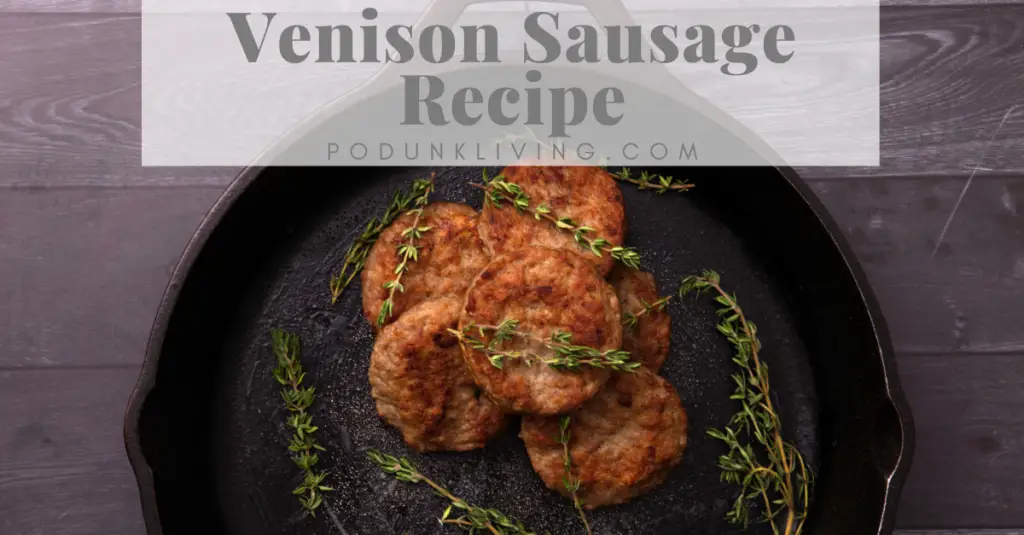Nonstick pans are the best-selling cookware on the market. Perfluorooctanoic acid or PFOA gives the non-stick surface, optimal for cooking. Are nonstick pans toxic? PFOAs found in nonstick pans and other cookware, are toxic chemicals that are leached into foods when under high heat levels, from both your nonstick cookware and plastic cooking utensils. Is nonstick coating safe? According to the Environmental Working Group, the non-stick coatings only need to be in contact with the food for 2-5 minutes at high temperatures before the chemicals are found in the food. Certain Teflon pots and pans contain a PTFE coating, replacement chemicals which can create toxic fumes in addition to leaching into food. Flu-like symptoms (a.k.a. polymer fume fever or Teflon flu) have been reported even at normal cooking temperatures, and pet deaths have been reported from inhaling these toxic chemicals.
Unfortunately, PFOA has also been detected in the water supply in communities near manufacturing plants in Minnesota (3M) at 15 ng/mL, West Virginia (DuPont) at 3.35 ng/mL, and Ohio at 82 ng/mL. The US EPA now has the limit in groundwater set to 0.07 ng/mL to minimize general public health issues.
PFOA Effects on Health
Studies of PFOAs on human health is limited, however in rats, evidence shows the teflon coating is easily absorbed through the gastrointestinal tract. It is removed from the human body primarily from the kidneys, however, on average the half-life of PFOA is 2-5 years (meaning it can take decades to completely eliminate it from the body). Eating PFOAs has been shown to cause health risks like tumors of the testicles, mammary, liver, and pancreas. In 2006 the U.S. Environmental Protection Agency determined that PFOA is “likely to be carcinogenic in humans.”
Studies also show PFOA also reduces birth weight in mice and causes neonatal death in rats. Evidence from another study has shown an increased risk of irregular menstrual cycles, and an increase in infertility in women with elevated PFOA exposure. Decreases in sperm count and an increase in unhealthy sperm have also been observed with increased PFOA and PFOS (perfluorooctanesulfonic acid) blood levels.
Now that you may be ready to throw out your non-stick cookware, let’s look at some Teflon cookware alternatives for your new pans.
- Aluminum cookware is a popular alternative, however, there are a number of studies that have linked aluminum to Alzheimer’s disease. Aluminum can leach into foods with higher fat contents, or be scraped into the food with metal utensils.
- Ceramic pans are usually metal pans that contain a ceramic nonstick coating. The ceramic coatings usually contain silicone, which may break down in high temperatures and potentially expose the aluminum pan it is coating.
- Stainless steel cookware is another option, however, heavy metals like nickel and chromium can leach into acidic foods.
- Copper cookware is another option, but I would use it with caution as too much copper in the body can damage the liver, kidneys, heart, and brain. In fact, most water supply wells are tested for copper levels to ensure that not too much is ingested.
- Cast iron is the age-old cookware that we recommend. Dating back to 220 AD in China, cast iron is a tried and true cookware that has withstood the test of time. Iron is one of the few metallic substances that is commonly taken in a vitamin supplement. When switching to cast iron cookware, supplements may no longer be needed. There are an estimated 10 MILLION Americans with low iron levels, some studies even predict that 80% of people worldwide have chronically low iron levels. This means that most people should benefit from cooking with cast iron cookware.
A study done in 2019 showed statistically significant increases in hemoglobin and iron indices (p < 0.05) were observed in 50% of people increasing hemoglobin by 0.4–1.20 g/dL, and 33.3% of people increasing hemoglobin 0.32–1.18 g/dL when using cast iron cookware. Positive outcomes (p < 0.05) were observed among children in 50% of studies and among females of reproductive age in 28.6% of studies. Compliance ranged from 26.7–71.4% daily use of cast iron cookware to 90–93.9% daily use.
Cast iron pan sets purchased these days will come pre-seasoned, making their own nonstick surface (without the harmful chemicals). However, you might be able to find good pans at yard sales at low prices, and seasoning is very easy! Seasoning is how to make a pan nonstick. Simply oil the pan, and throw it in the oven at 450 degrees for a couple hours.

Lodge has been around for a long time (1896) and makes a great product, plus it is made in America!

If you have a tight budget, check out the Amazon Basics set:
Sources:
https://www.ncbi.nlm.nih.gov/pmc/articles/PMC2920088/ https://www.ncbi.nlm.nih.gov/pmc/articles/PMC6719866/

